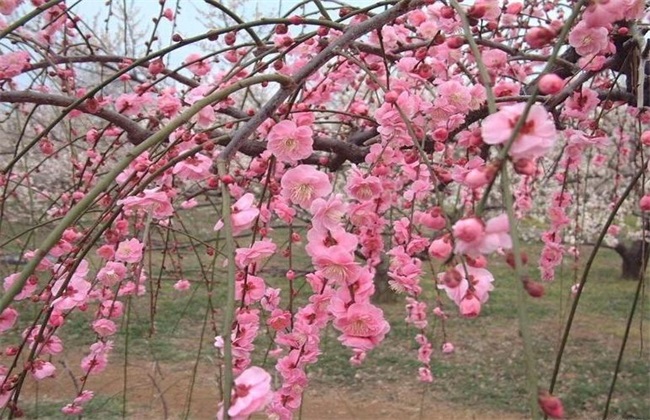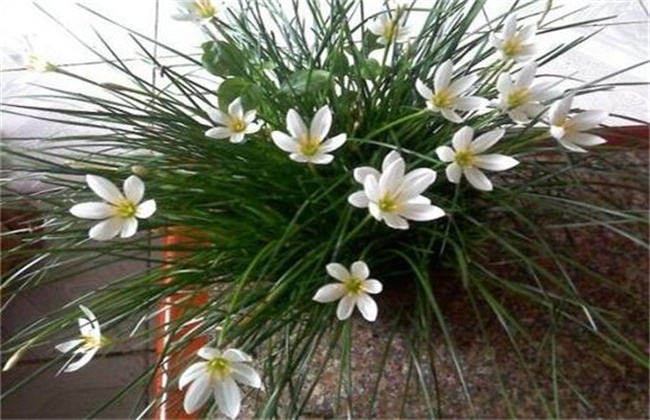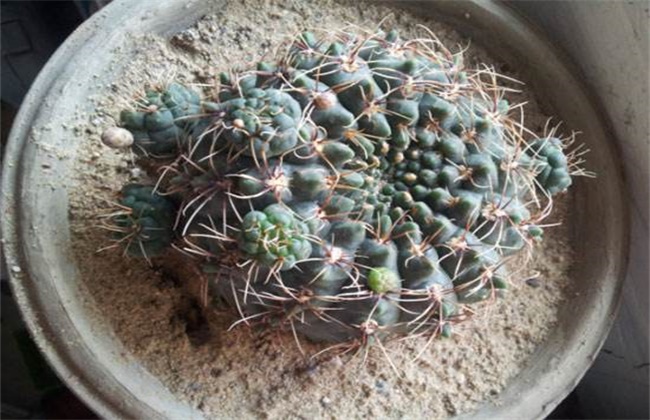High pressure Propagation of Plum Blossom
Plum blossom is a very well-known flower in China, and its planting area is also very large. The ornamental value of plum blossom is very high, the flower bud can also be used as medicine, and the variety can be processed into candied fruit and jam, which is welcomed by many people. When planting plum blossoms for reproduction, the commonly used method of reproduction is high-pressure propagation. So how to propagate plum blossoms under high pressure? The following editor brings you the method of high-pressure propagation of plum blossoms, let's have a look!

1. Crimping time
Before the striping propagation of plum blossoms, we must first determine the time of striping. The suitable time for plum blossom striping is usually from February to March every year, which is the critical period for the growth of new shoots of plum blossoms. Should not be carried out in cloudy and rainy days, should be pressed in sunny days. If it is carried out on cloudy and rainy days, then the survival rate of striping is very low. The time should be finished by the Beginning of Spring at the latest. In general, if striping propagation is carried out in spring, then the mother plant can be separated in the early winter season.
2. Select the pressing strip
After determining the time of crimping, we will begin to choose the branches for crimping. The quality of the branches directly determines the survival rate of the strips, and the first branches of the hand should be born within three years. To ensure that the branches are strong, free from diseases and insect pests, etc., while the age of the branches within three years is different, the method of striping will be different. For example, if it is a 1-2-year-old branch, then the ordinary striping method can be used. And if it is a branch within 2-3 years, then it should be high-altitude striping.
3. Branch treatment
After the branches are selected, we also need to deal with the branches properly. If the branches are not treated, the rooting rate of the strips is very low. First of all, we need to ring-peel the branches, and the position of the ring-peeling should be around the middle of the branches. When girdling, its width is kept about 5cm. Just peel it to the xylem of the branch, and after the girdling, spray an appropriate amount of carbendazim to disinfect the ring. Prevent the wound from rotting caused by infection, affecting rooting, and then smear appropriate rooting agent to improve the rooting rate.
4. Rooting management
After the branches are treated, wrap the moist fertile soil or moss with plastic film, and then wrap it around the ring. Then tie the two ends of the plastic film tightly to avoid air leakage. Then strengthen the management, if you press the strip in spring, the plant can take root after the leaves fall in autumn, and then separate and plant it from the mother plant after taking root. After replanting, we should pay attention to proper watering, but not too much. If the temperature is low, then it is also necessary to do a good job of cold prevention and heat preservation to prevent frost damage and improve the survival rate of branches. When the temperature rises in spring, nitrogen fertilizer can be applied properly.
The above is a brief introduction to the method of high-pressure propagation of plum blossoms. That's all for today's introduction. This article is for reference only. I hope it can help you all.
Related
- Fuxing push coffee new agricultural production and marketing class: lack of small-scale processing plants
- Jujube rice field leisure farm deep ploughing Yilan for five years to create a space for organic food and play
- Nongyu Farm-A trial of organic papaya for brave women with advanced technology
- Four points for attention in the prevention and control of diseases and insect pests of edible fungi
- How to add nutrient solution to Edible Fungi
- Is there any good way to control edible fungus mites?
- Open Inoculation Technology of Edible Fungi
- Is there any clever way to use fertilizer for edible fungus in winter?
- What agents are used to kill the pathogens of edible fungi in the mushroom shed?
- Rapid drying of Edible Fungi



